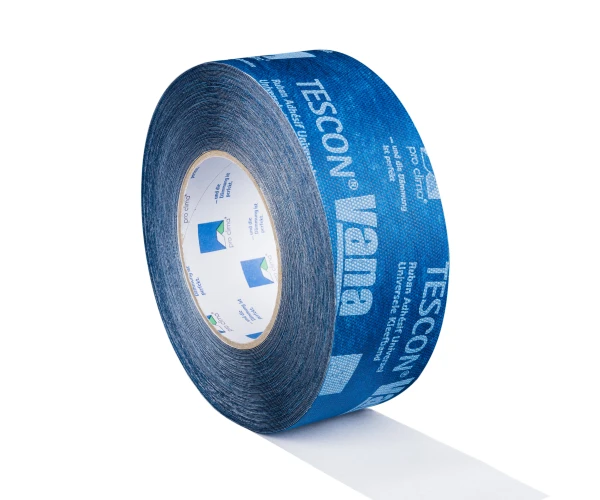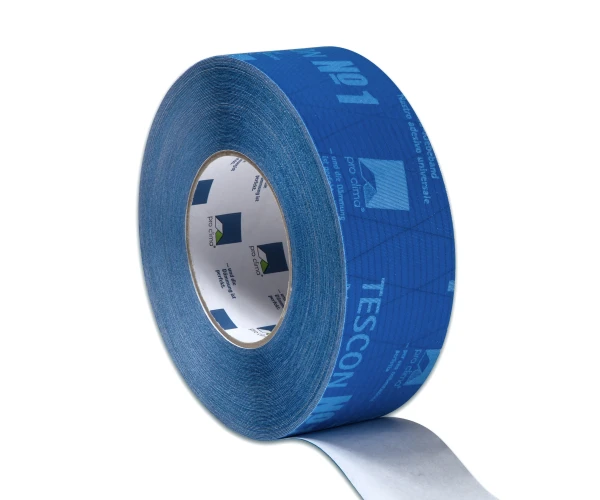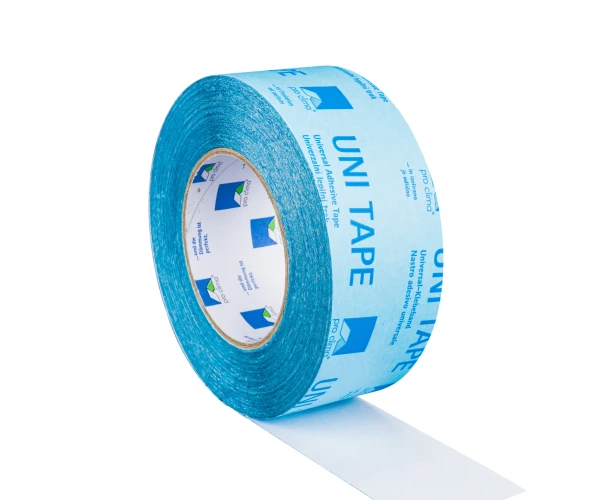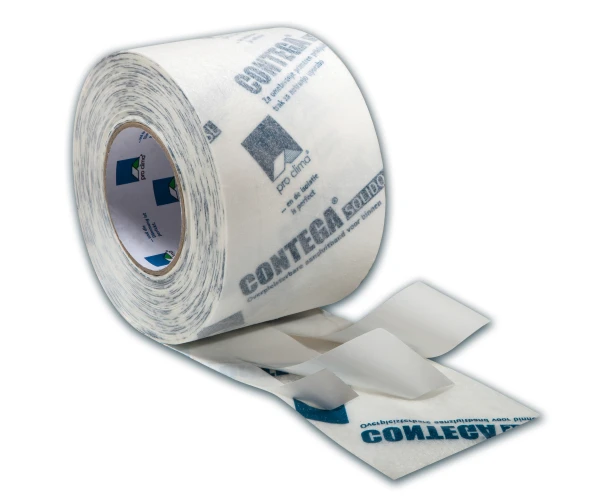Go to Section
What Makes an Adhesive Tape Stick and Stay Stuck
Monday 13th August 2018
Also in category: Airtight and windtight
Adhesive tapes have become widely established as bonding agents for use in sealing modern constructions, just as nails and screws are the standard solution for timber structures. This article provides an overview of adhesive technology and the key properties of adhesive tapes typically used in construction.
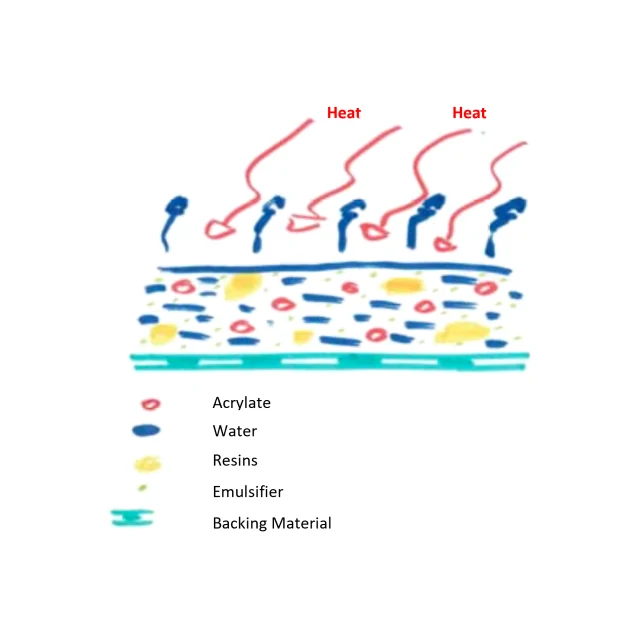
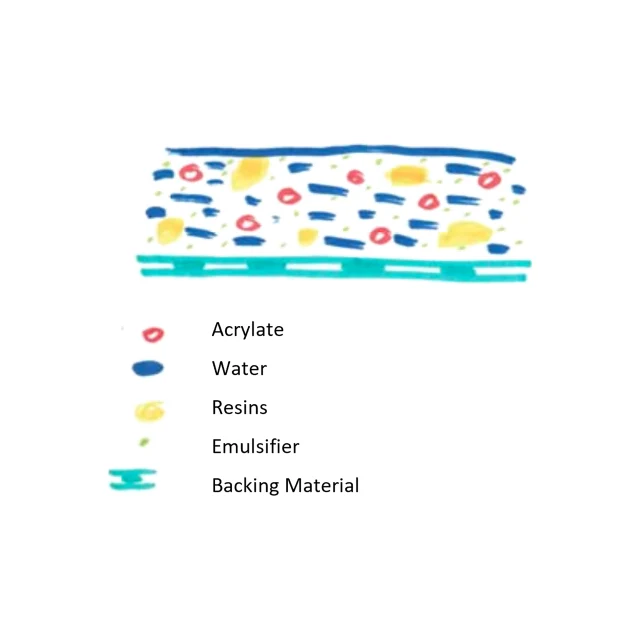
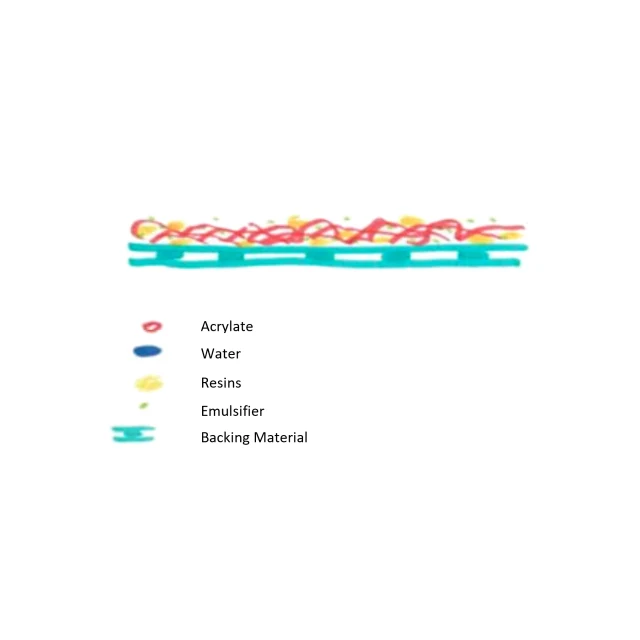
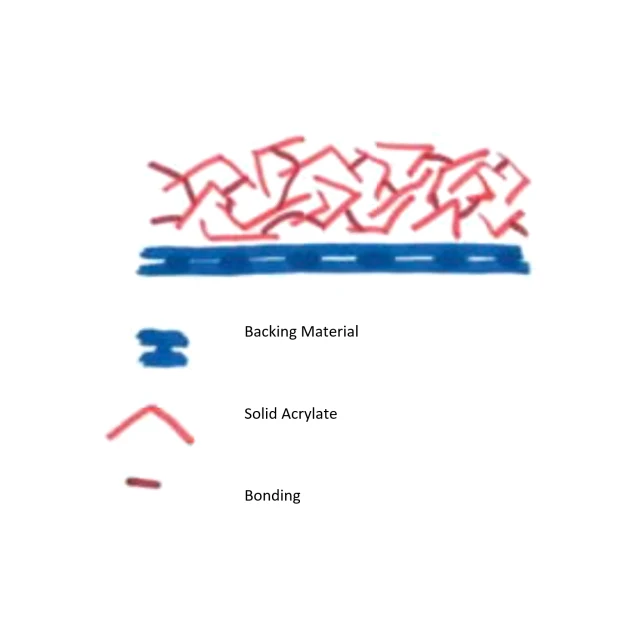
Blog author

Fintan Wallace
Architectural Technologist (Bsc Hons, CEPHC, CEPHT)
Fintan Wallace is an Architectural Technologist at Ecological Building Systems. Graduating from Dublin Institute of Technology in 2011 with a B.Sc (Hons) in Architectural Technology, it was here in D.I.T’s Bolton Street where Fintan developed a strong interest in low energy and Passivhaus design. From here he continued his studies becoming both a Certified European Passivhaus designer and tradesperson. Fintan has travelled to Baden Württemberg in Germany to study passive housing and sustainable energy technology, gaining significant knowledge regarding the use of natural insulations in timber frame and solid wall constructions. Fintan has been involved extensively in a deep energy retrofit of a property to the Enerphit standard in the west of Ireland and now advises on numerous projects throughout the UK for newbuild and retrofit.



